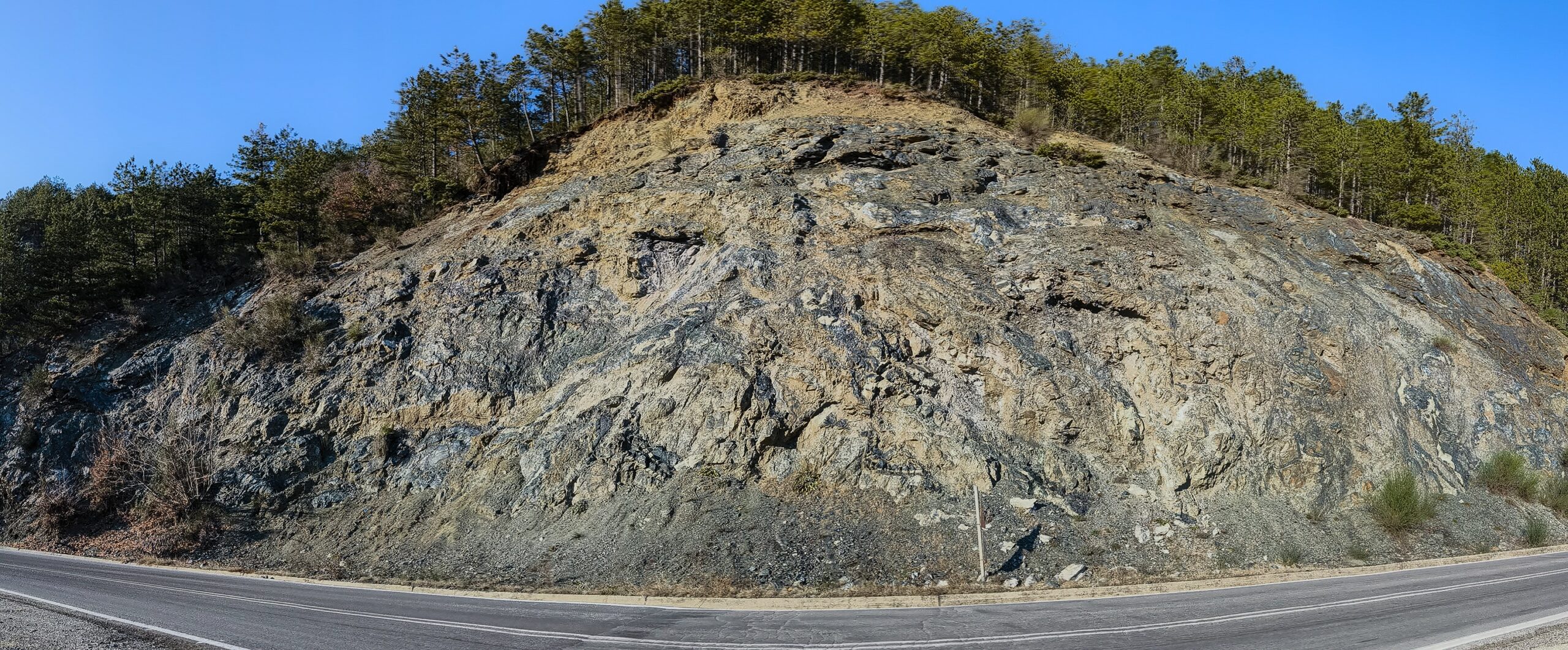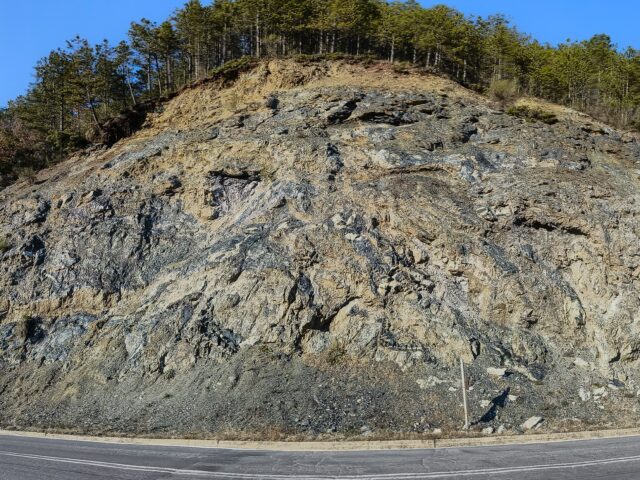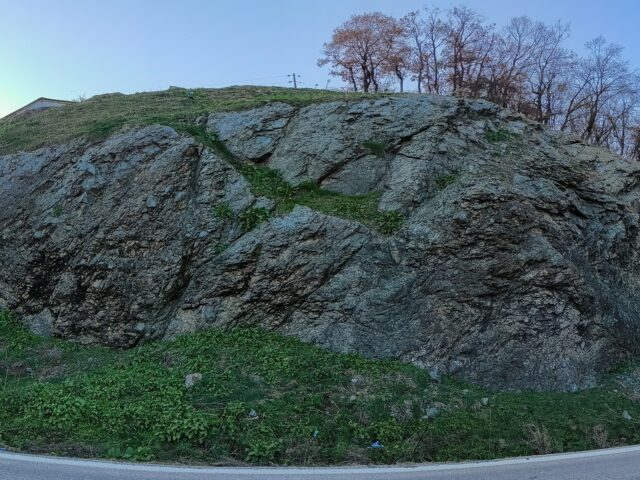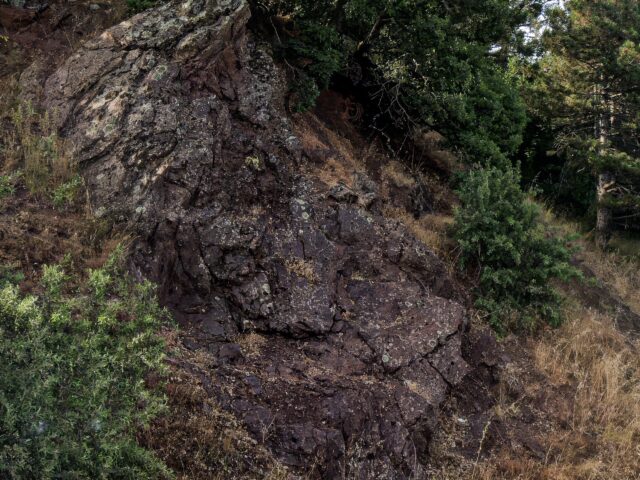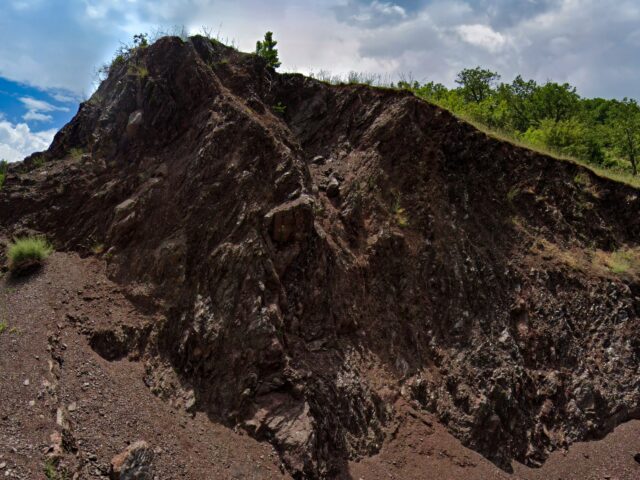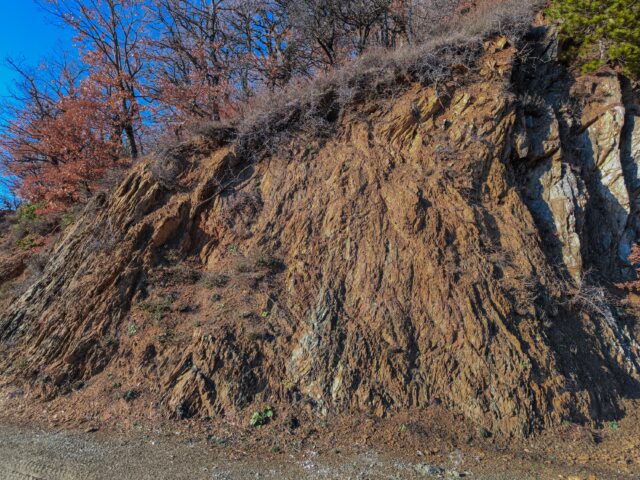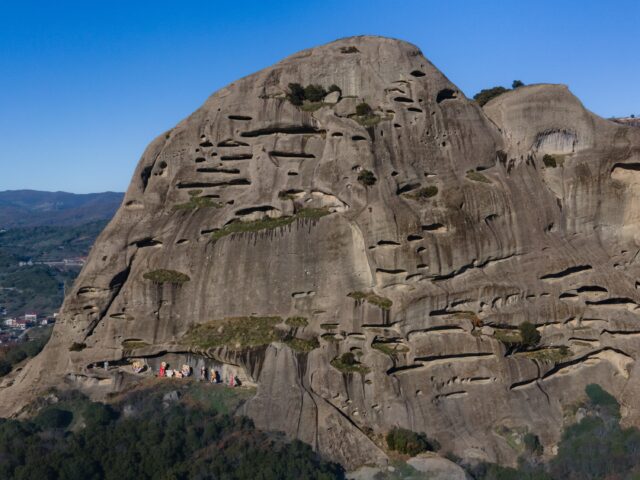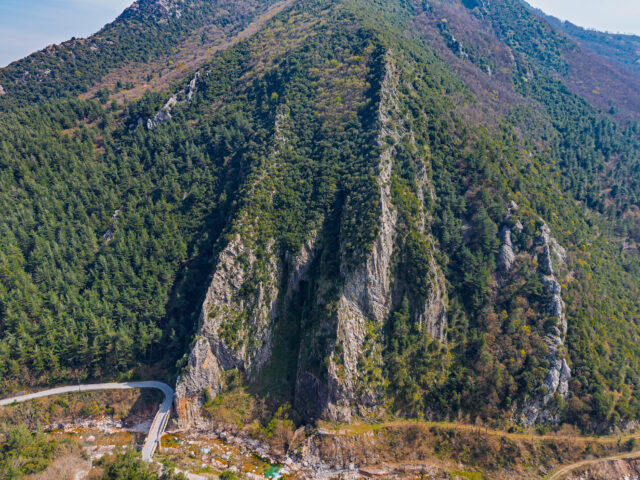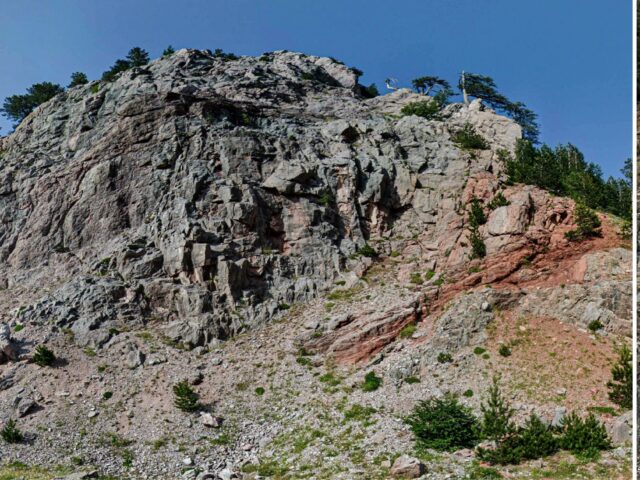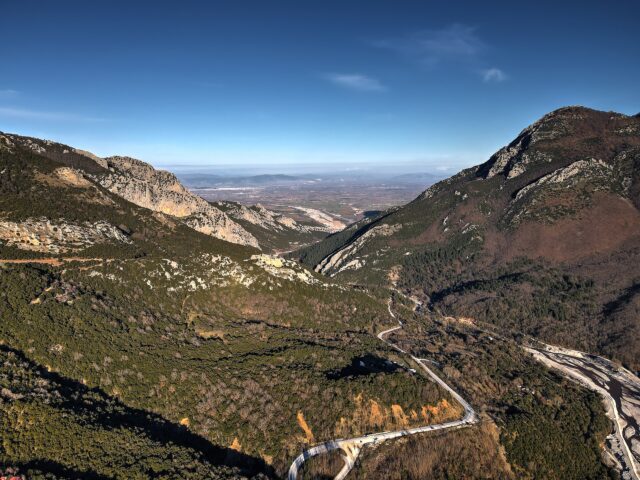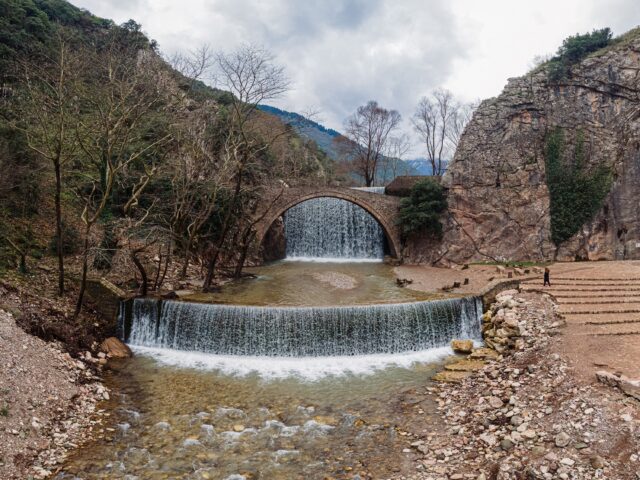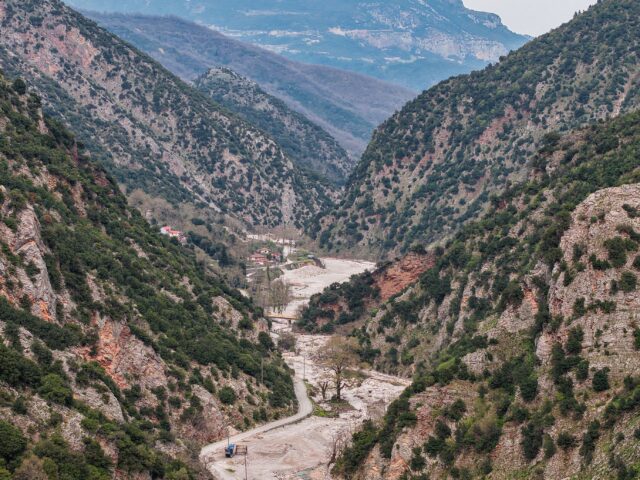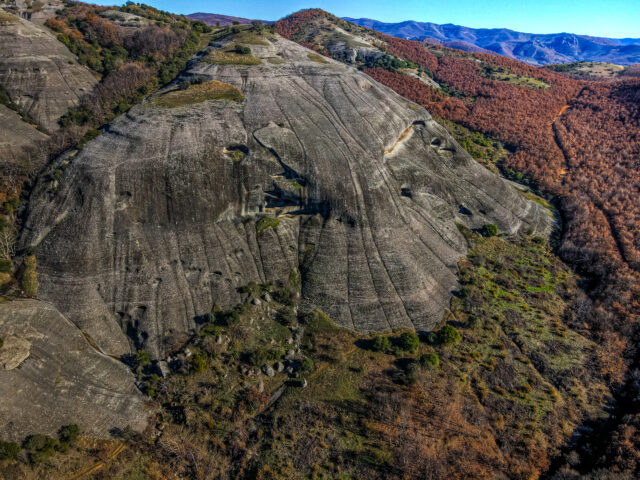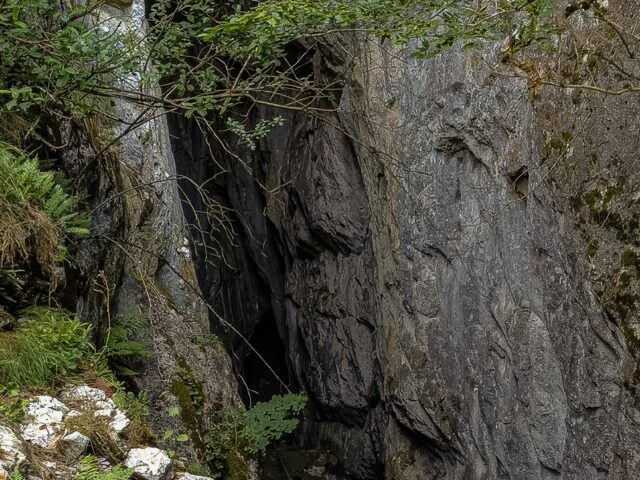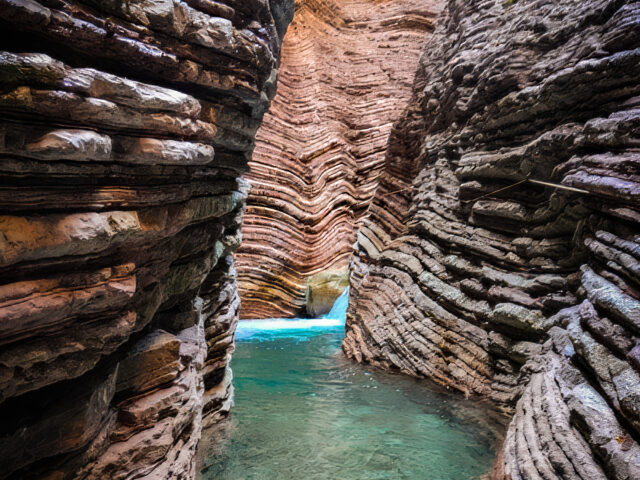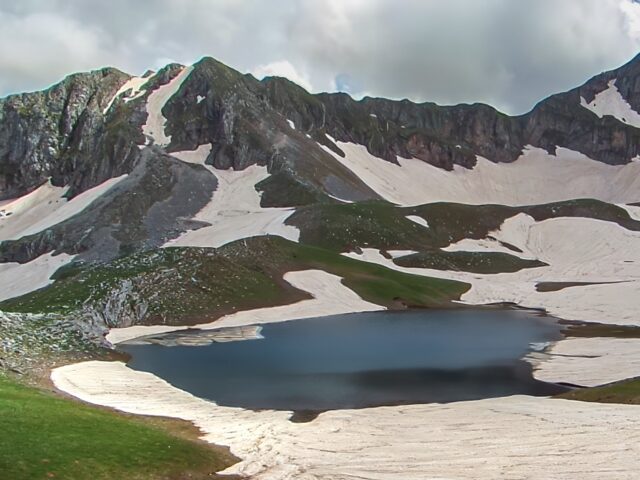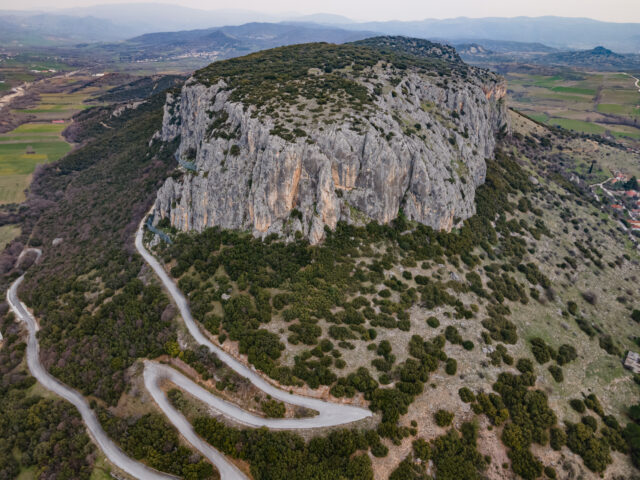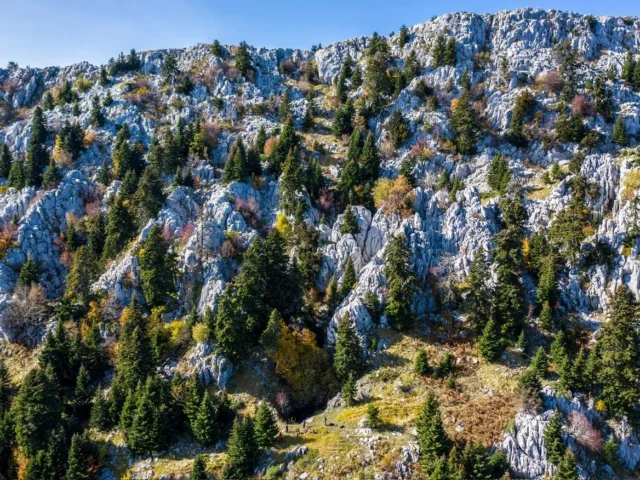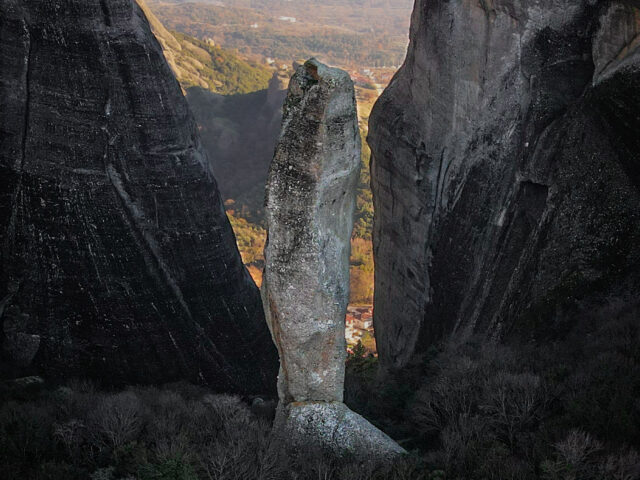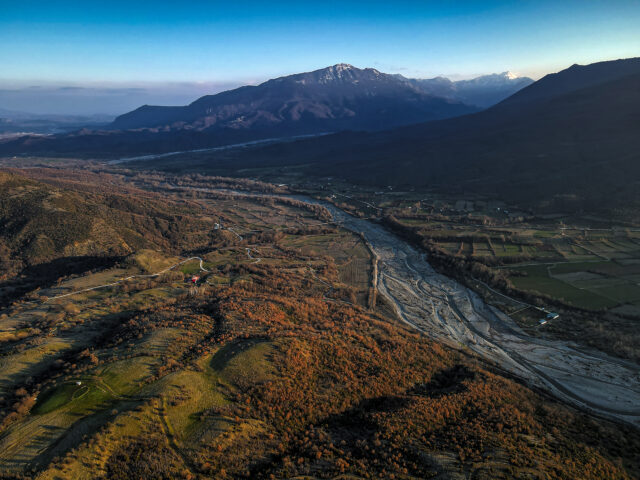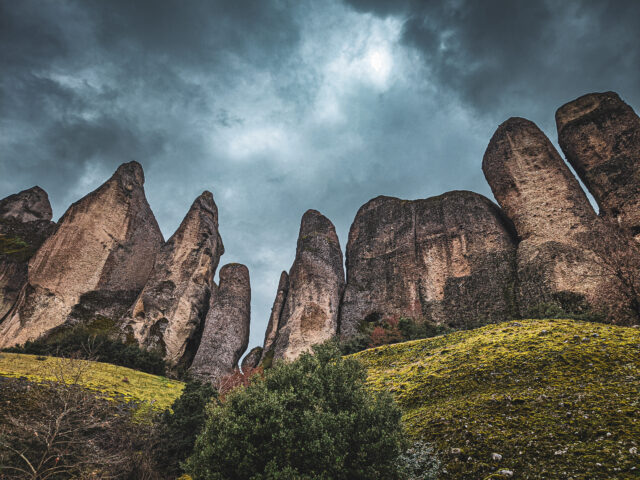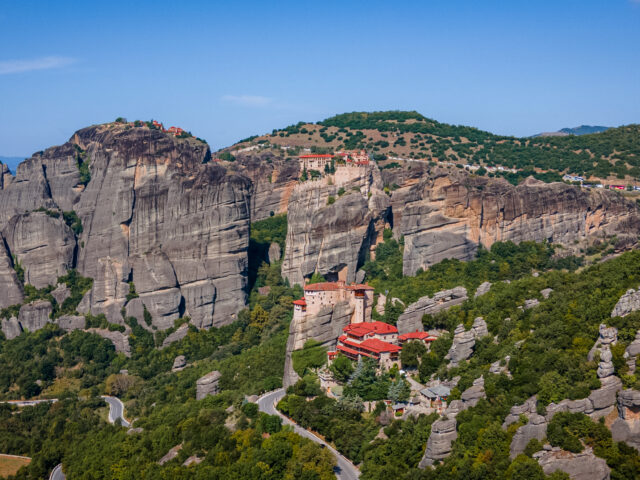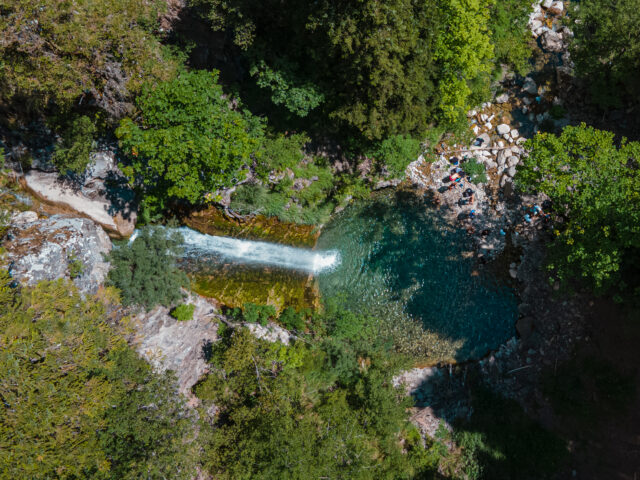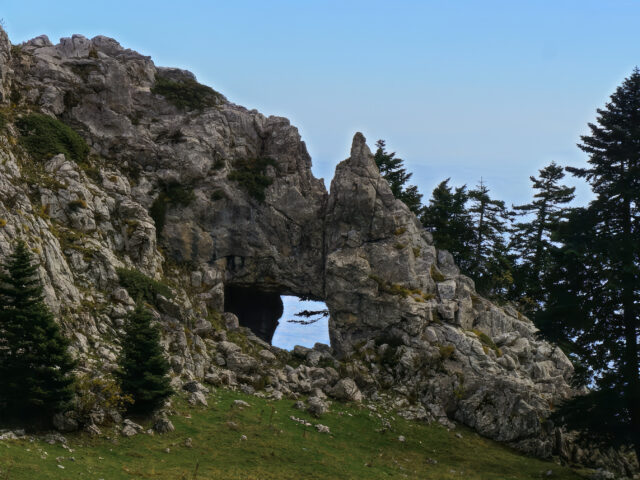Panagia Ophiolites
Address
Panagia 422 00
GPS
39.811684560881, 21.326880776869
The ophiolite outcrops around the village of Panagia are among the most interesting outcrops of the ophiolite sequence of the Pindos Mountain range. The Pindos ophiolites represent parts of the Tethys oceanic lithosphere that were emplaced over the Pindos flysch during the Tertiary. The ophiolitic rocks of Pindus include basic and ultrabasic igneous rocks (upper mantle peridotites, gabbros, basic and ultrabasic igneous rocks, columnar lavas, massive lavas, pillow lavas, and basic breccias), metamorphic rocks derived from the metamorphic sole (amphibolites, greenschists, and meta-sediments) as well as deep-sea sediments and turbidites (pelagic limestones, sandstones, calcareous sandstones, and microbreccias, mudstones, green and red bedded and nodular radiolarites).
The various rocks and formations encountered in the wider area of Panagia are mapped as a series of different units, part of the Pindus Ophiolitic Complex. These units (Avdella, Aspropotamos, Dramala) are placed as tectonic plates on the Pindus flysch. The Avdella unit (Avdella mélange) consists of a diverse mixture (mélange) of various volcanic, sedimentary rocks as well as blocks of surrounding formations. This mixture was created as a result of tectonic deformation and mild metamorphism at the base of the Ophiolite complex. The volcanic rocks of the ophiolites were formed in Mid-Ocean ridge conditions, in an ocean east of the Pindus Zone. A corresponding current environment is the emergence of lava and formation of oceanic crust in the center of the Atlantic Ocean. Intense tectonic flaking and deformation has led to the local fragmentation of the various formations and the presence of fault structures that can be seen along the road. The age of the rocks of these formations is mainly Jurassic, with a range ranging from Triassic to Upper Cretaceous.

